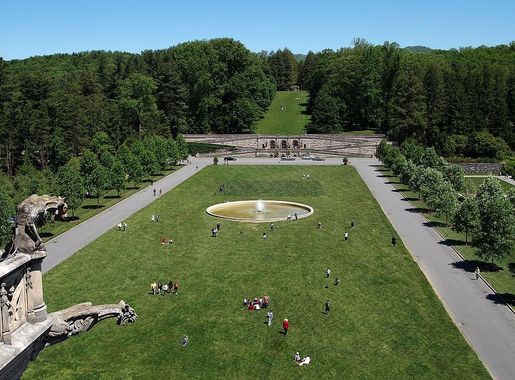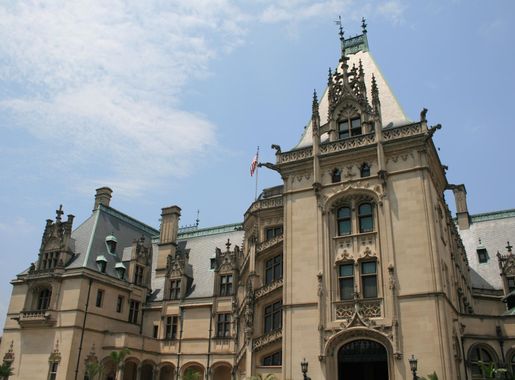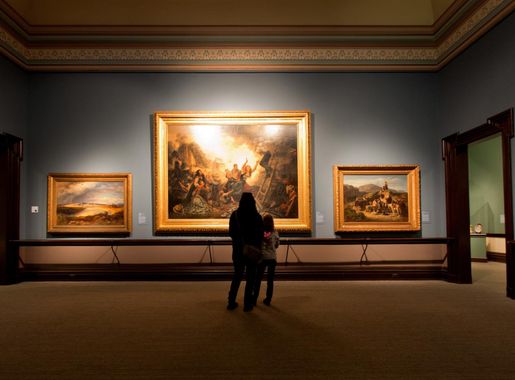
Biltmore Village: Asheville's Charming Gateway to Grandeur
Explore the historic charm and modern allure of Biltmore Village, Asheville's quaint gateway to the famed Biltmore Estate, filled with unique shops, dining, and cultural gems.
Nestled at the gateway to the famed Biltmore Estate, Biltmore Village in Asheville, North Carolina, is a delightful blend of historic charm and modern amenities. Originally designed as a picturesque village to house estate workers in the late 19th century, this quaint neighborhood has evolved into a vibrant destination brimming with unique shopping, dining, and cultural experiences. Stroll through cobblestone streets lined with charming Tudor-style cottages, now home to an array of boutique shops, art galleries, and high-end retailers. The village’s walkable layout makes it easy to explore the distinctive stores where you can find everything from handcrafted jewelry to gourmet food items. Food enthusiasts will relish the diverse culinary offerings in Biltmore Village. Indulge in gourmet meals at upscale restaurants, savor farm-to-table delights at cozy cafes, or enjoy a casual bite at one of the many bistros. The neighborhood also boasts several local breweries and wine shops, perfect for a relaxing drink after a day of exploration. History buffs will appreciate the well-preserved architecture and the intriguing stories of the village's past. Don’t miss the Cathedral of All Souls, a historic church that adds a touch of Gothic elegance to the area. Additionally, the proximity to the Biltmore Estate means you can easily extend your visit to explore America's largest privately-owned home, its stunning gardens, and the estate's winery. Whether you're looking for a leisurely day of shopping and dining or a base for exploring Asheville’s rich history and culture, Biltmore Village offers a unique blend of old-world charm and contemporary allure.
Local tips in Biltmore Village
- Parking can be limited. Consider using ride-shares or public transportation.
- Visit early in the day to avoid crowds, especially during weekends and holidays.
- Wear comfortable shoes for walking on cobblestone streets.
- Many shops and restaurants are pet-friendly, but check in advance.
- Take time to visit the nearby Cathedral of All Souls for a touch of history and architecture.
Biltmore Village: Asheville's Charming Gateway to Grandeur
Nestled at the gateway to the famed Biltmore Estate, Biltmore Village in Asheville, North Carolina, is a delightful blend of historic charm and modern amenities. Originally designed as a picturesque village to house estate workers in the late 19th century, this quaint neighborhood has evolved into a vibrant destination brimming with unique shopping, dining, and cultural experiences. Stroll through cobblestone streets lined with charming Tudor-style cottages, now home to an array of boutique shops, art galleries, and high-end retailers. The village’s walkable layout makes it easy to explore the distinctive stores where you can find everything from handcrafted jewelry to gourmet food items. Food enthusiasts will relish the diverse culinary offerings in Biltmore Village. Indulge in gourmet meals at upscale restaurants, savor farm-to-table delights at cozy cafes, or enjoy a casual bite at one of the many bistros. The neighborhood also boasts several local breweries and wine shops, perfect for a relaxing drink after a day of exploration. History buffs will appreciate the well-preserved architecture and the intriguing stories of the village's past. Don’t miss the Cathedral of All Souls, a historic church that adds a touch of Gothic elegance to the area. Additionally, the proximity to the Biltmore Estate means you can easily extend your visit to explore America's largest privately-owned home, its stunning gardens, and the estate's winery. Whether you're looking for a leisurely day of shopping and dining or a base for exploring Asheville’s rich history and culture, Biltmore Village offers a unique blend of old-world charm and contemporary allure.
Iconic landmarks you can’t miss
Biltmore
Explore Biltmore Estate, America's largest home, where history, stunning architecture, and breathtaking gardens come together in Asheville, NC.

Biltmore Estate
Experience the grandeur of Biltmore Estate, America's largest home, with stunning architecture, lush gardens, and rich history in Asheville, North Carolina.

New Morning Gallery
Explore the vibrant artistry of Asheville at New Morning Gallery, a unique destination for handmade crafts and local artworks in Biltmore Village.

The Biltmore Legacy
Explore the captivating history of Asheville at The Biltmore Legacy, where local stories come to life in an engaging museum experience.

Thomas Wolfe Memorial State Historic Site
Discover the literary legacy of Thomas Wolfe at his childhood home in Asheville, a historic site filled with rich stories and captivating exhibits.

Biltmore Historic Village Hl
Explore the enchanting Biltmore Historic Village in Asheville, NC, where history meets vibrant local culture amidst stunning mountain views.

Biltmore Village Cottage District
Explore the enchanting Biltmore Village Cottage District in Asheville, where history, charm, and stunning architecture come together.

Biltmore Hardware Building
Discover the Biltmore Hardware Building, a historical landmark in Asheville, NC, embodying the region's rich architectural heritage and charm.

McGeahy Building
Discover the historical essence of Asheville at the McGeahy Building, a charming landmark in Biltmore Village that reflects the region's rich architectural heritage.

Biltmore Village Commercial Buildings
Explore Biltmore Village in Asheville, NC - a charming historical landmark filled with unique shops, art galleries, and stunning architecture amidst beautiful surroundings.

Unmissable attractions to see
Biltmore
Discover the breathtaking beauty and rich history of the Biltmore Estate, America's largest home and a symbol of Gilded Age elegance.
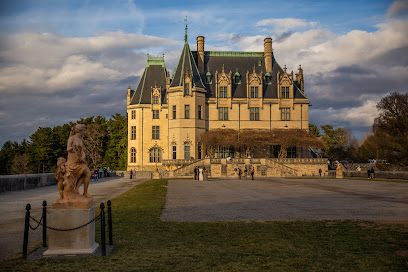
Biltmore Estate
Explore Biltmore Estate, the largest privately owned home in America, offering stunning architecture, beautiful gardens, and rich history in Asheville, NC.
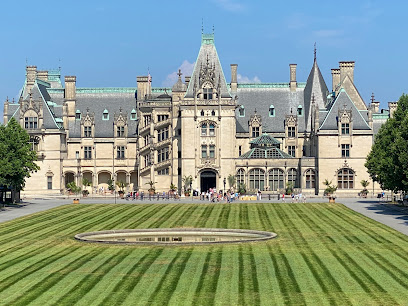
Asheville Pinball Museum
Dive into nostalgia at the Asheville Pinball Museum, where over 75 vintage and modern pinball machines await your gameplay in a fun and interactive environment.
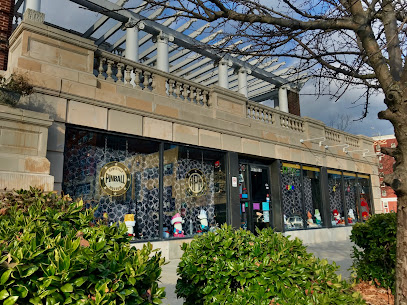
Grovewood Village
Explore the artistic charm and historical treasures of Grovewood Village, a vibrant destination in Asheville, NC, perfect for art lovers and history enthusiasts alike.
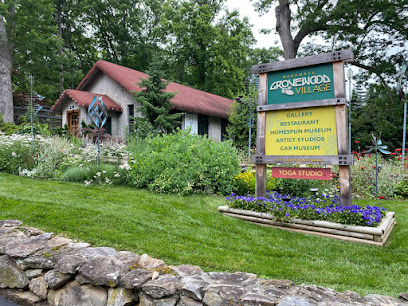
Asheville Ghost Tours: Oldest & Original
Experience the chilling tales of Asheville's haunted history on the original ghost tours, perfect for thrill-seekers and history lovers alike.
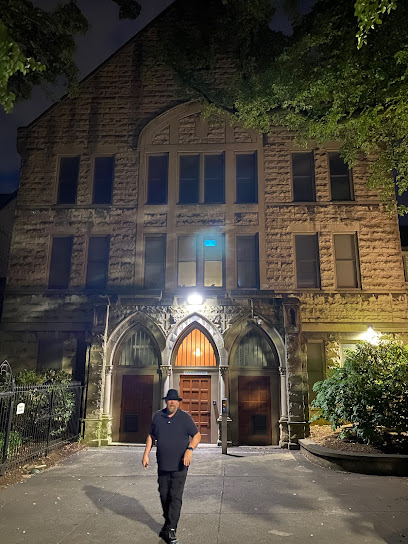
Biltmore Waterfall
Experience the breathtaking beauty of the Biltmore Waterfall, where nature and history blend seamlessly in Asheville, North Carolina.
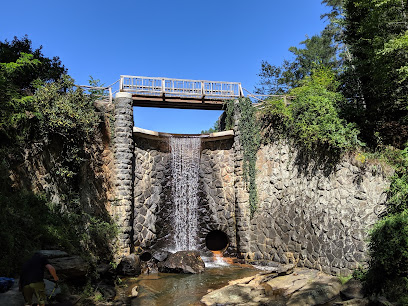
Land Rover Experience Biltmore
Discover the thrill of off-roading at the Land Rover Experience Biltmore, where adventure meets the elegance of America's largest home.

Biltmore Rose Garden
Explore the vibrant beauty of the Biltmore Rose Garden, a floral paradise within the historic Biltmore Estate in Asheville, North Carolina.
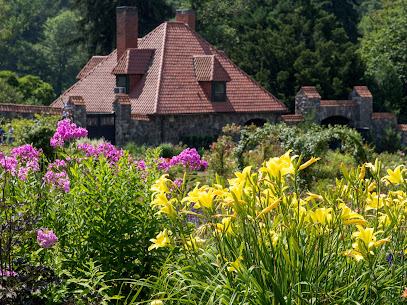
Biltmore Industries Homespun Museum
Discover the art of textile weaving at the historic Biltmore Industries Homespun Museum in Asheville, North Carolina, a treasure of local craftsmanship.
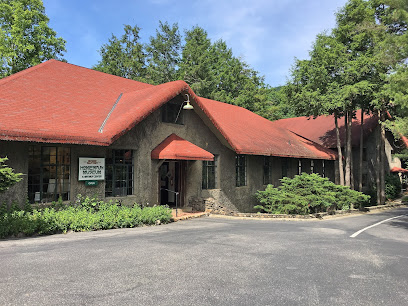
Biltmore Estate Rooftop Tour
Discover the breathtaking views and rich history of the iconic Biltmore Estate Rooftop Tour in Asheville, North Carolina.
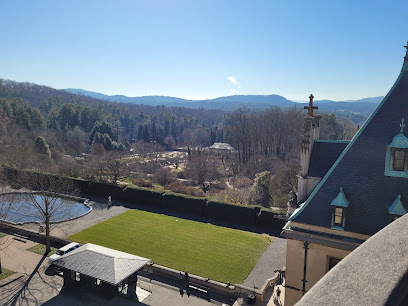
Essential places to dine
Cedric's Tavern
Experience classic American flavors at Cedric's Tavern in Asheville – where history meets delicious cuisine amidst stunning surroundings.
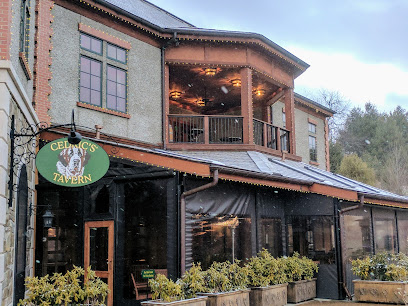
Corner Kitchen
Experience exquisite American cuisine at Corner Kitchen in Asheville's charming Biltmore Village - where every meal tells a story.
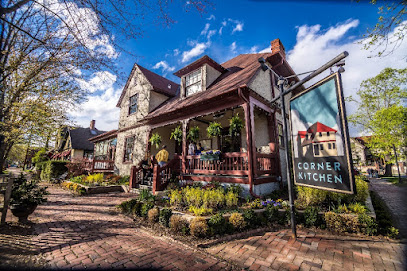
The Cantina At Historic Biltmore Village
Experience authentic Mexican flavors at The Cantina in Historic Biltmore Village - perfect for families and food enthusiasts alike.
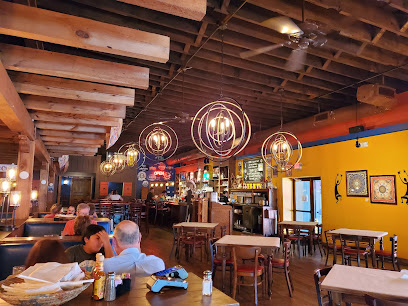
Village Wayside Bar & Grille
Discover the vibrant flavors of America at Village Wayside Bar & Grille in Asheville, where delicious cuisine meets a lively atmosphere.
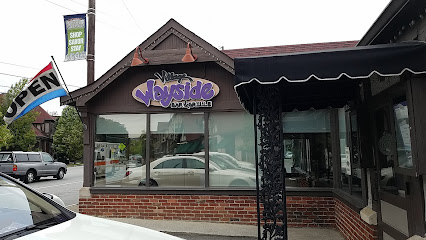
Ruth's Chris Steak House
Experience culinary excellence at Ruth's Chris Steak House in Asheville – where sizzling steaks meet refined elegance.
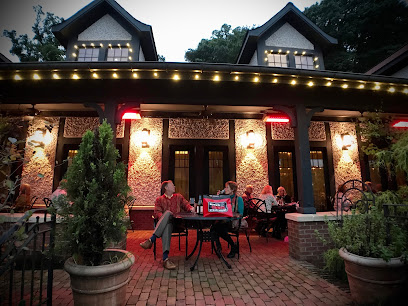
Andaaz
Experience authentic Indian cuisine in Asheville's finest dining setting at Andaaz – where flavor meets elegance.
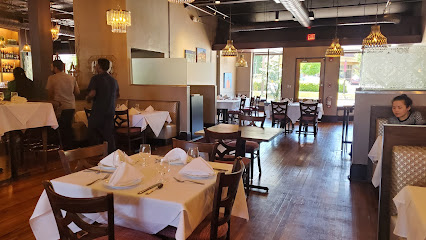
Red Stag Grill
Experience exquisite American cuisine in an upscale setting at Red Stag Grill in Asheville's Grand Bohemian Hotel.
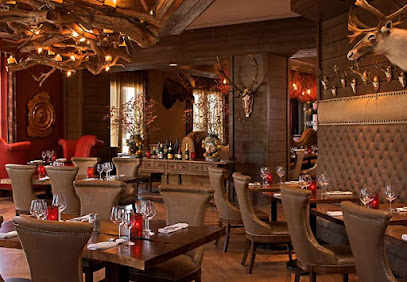
Fig
Discover Asheville's culinary treasure at Fig Bistro - where local flavors meet inviting ambiance for an unforgettable dining experience.
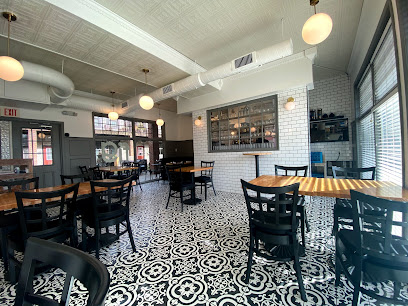
Village Social
Discover Village Social in Asheville: A family-friendly restaurant offering delicious meals in a cozy atmosphere perfect for all ages.
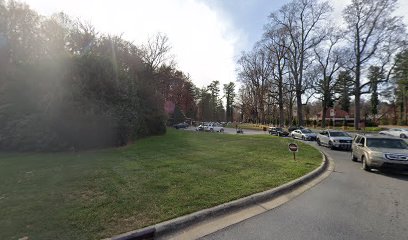
Markets, malls and hidden boutiques
Gate House Gift Shop
Explore exclusive Biltmore gifts and local crafts at the Gate House Gift Shop, a charming destination for souvenirs and unique finds.

Olde World Christmas Shoppe
Discover the festive charm of Olde World Christmas Shoppe in Asheville, NC, a must-visit gift shop filled with enchanting ornaments and holiday treasures.
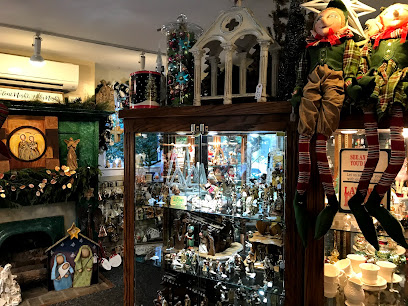
Southern Highland Craft Guild, Biltmore Village
Explore the Southern Highland Craft Guild in Biltmore Village for exquisite handmade crafts and a glimpse into Southern Appalachian artistry.
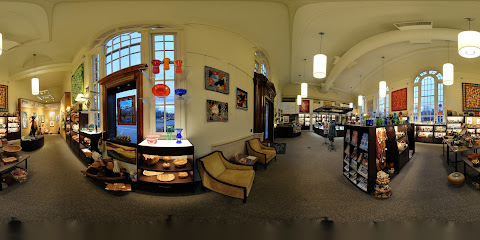
Palm Village a Lilly Pulitzer Signature Store
Explore vibrant fashion at Palm Village, a Lilly Pulitzer Signature Store in Asheville's Biltmore Village, perfect for stylish women and unique gifts.
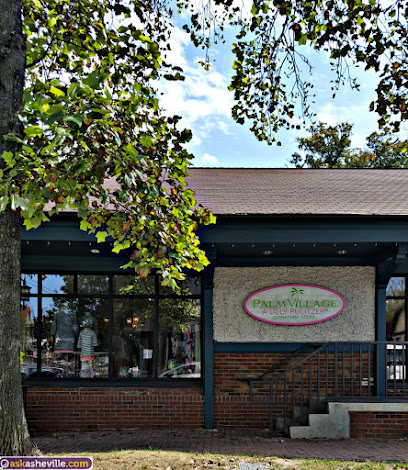
Provisions Mercantile — Biltmore Village
Explore Provisions Mercantile in Biltmore Village for unique gifts and local treasures that capture the essence of Asheville.
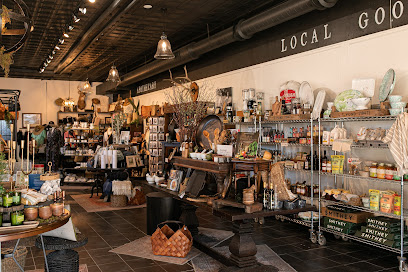
Peace & Nice Boutique
Discover unique women's fashion at Peace & Nice Boutique in Asheville's Biltmore Village, where style meets charm in a delightful shopping experience.
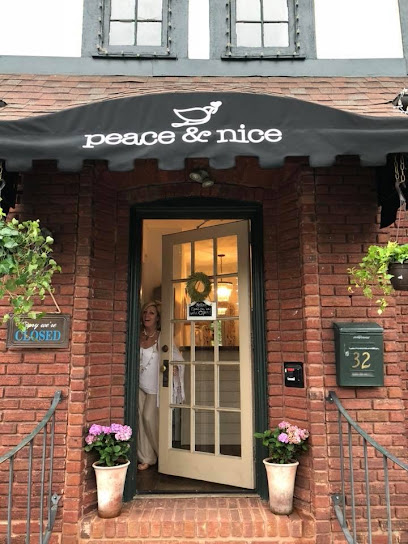
Scout Boutique
Explore unique women's fashion at Scout Boutique in Asheville's Biltmore Village, blending local charm with contemporary style.
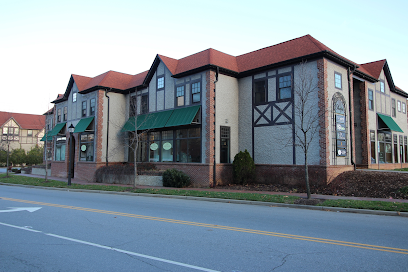
Life Styled
Discover unique high-end fashion and accessories at Life Styled, Asheville’s premier boutique in the charming Biltmore Village.
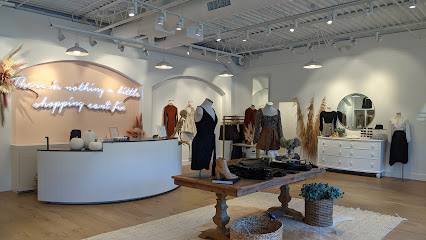
White Lotus Boutique
Explore White Lotus Boutique in Biltmore Village, Asheville - where unique styles meet local craftsmanship for a memorable shopping experience.

Collected - Home, Gifts, Vintage
Explore the charm of Asheville at Collected, where vintage finds and unique home decor await in a cozy boutique setting.
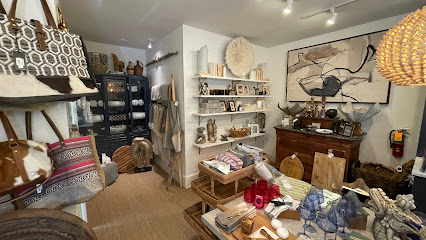
Essential bars & hidden hideouts
The Cantina At Historic Biltmore Village
Savor the vibrant flavors of Mexico at The Cantina in Historic Biltmore Village, offering delicious dishes for every palate.
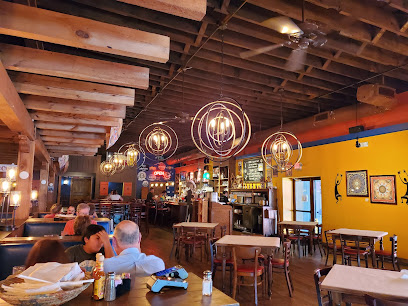
Village Wayside Bar & Grille
Discover the vibrant flavors of American cuisine at Village Wayside Bar & Grille, Asheville's beloved bar and grill in Biltmore Village.
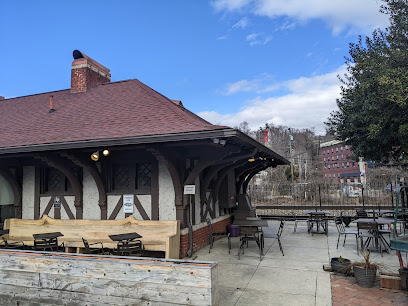
Red Stag Grill
Experience the best of American cuisine at the Red Stag Grill, nestled in the Grand Bohemian Hotel, Asheville's culinary treasure.
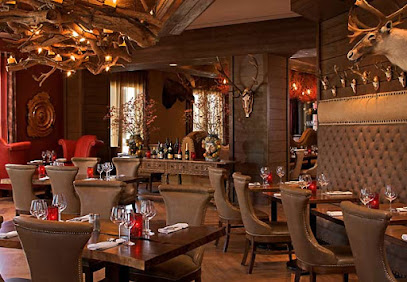
Sovereign Kava Bar
Experience the unique flavors of kava in a vibrant Asheville bar with live music, table tennis, and a welcoming lounge atmosphere.
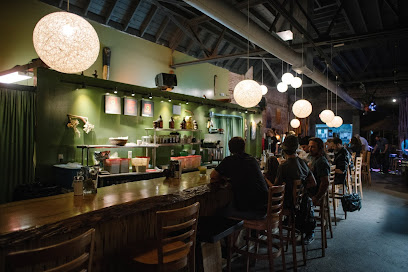
Hi-Wire Brewing - Biltmore Village
Explore the vibrant craft beer scene at Hi-Wire Brewing - Biltmore Village, where local flavors and a welcoming atmosphere come together.
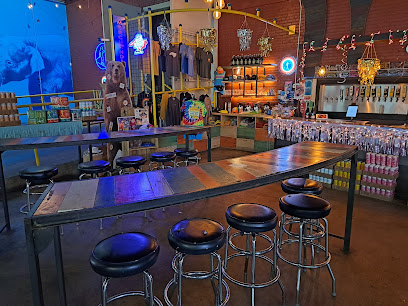
Village Pub
Discover the flavors of American cuisine at Village Pub in Asheville, NC, where local ingredients meet a cozy dining atmosphere.
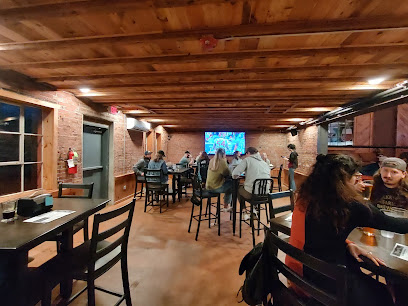
Azalea Bar & Kitchen
Experience the vibrant flavors of Asheville at Azalea Bar & Kitchen, where small plates and a lively bar create the perfect dining atmosphere.

All Souls Grotto - Craft Beer, CBD, Delta 8, THCa, & Mushrooms
Discover the unique blend of craft beer and wellness at All Souls Grotto in Asheville, where relaxation and flavor come together.
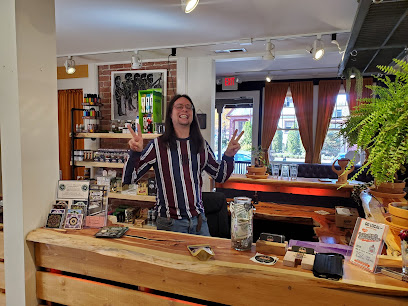
Breezeway Bar
Experience the charm of Asheville at the Breezeway Bar, where relaxation meets a delightful beverage selection in a cozy atmosphere.
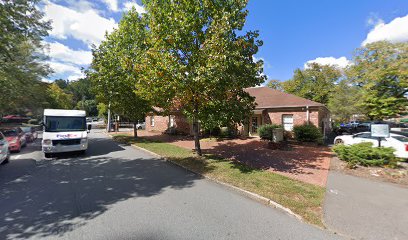
Village Social
Enjoy delightful family dining at Village Social in Asheville, where delicious meals and a warm atmosphere come together for a perfect family outing.
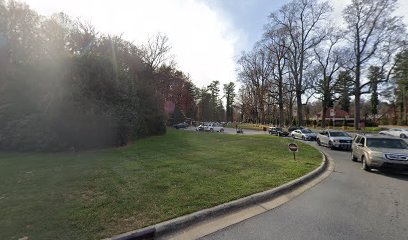
Local Phrases
-
- HelloHowdy
[haw-dee] - GoodbyeSee ya
[see yuh] - YesYep
[yep] - NoNah
[nah] - Please/You're welcomePlease and thank ya
[pleez and thank yuh] - Thank youMuch obliged
[muhch uh-blahy-d] - Excuse me/SorryBeg your pardon
[beg yur pahr-dn] - How are you?How y'all doin'?
[how y'all doin'] - Fine. And you?Fine. And you?
[Fine. And you?] - Do you speak English?Ya speak English?
[ya speak Ing-glish?] - I don't understandI ain't catchin' ya
[I aint ketch-in ya]
- HelloHowdy
-
- I'd like to see the menu, pleaseCan I see the menu, please
[can I see the menu, please] - I don't eat meatI don't eat meat
[I don't eat meat] - Cheers!Cheers!
[Cheers!] - I would like to pay, pleaseCan I pay now, please
[can I pay now, please]
- I'd like to see the menu, pleaseCan I see the menu, please
-
- Help!Help!
[Help!] - Go away!Git!
[Git!] - Call the Police!Get the Sheriff!
[Get the Sheriff!] - Call a doctor!Get the doc!
[Get the doc!] - I'm lostI'm turned around
[I'm turned around] - I'm illI ain't feelin' right
[I ain't feelin' right]
- Help!Help!
-
- I'd like to buy...I reckon I'll buy...
[I reckon I'll buy...] - I'm just lookingJus' lookin'
[Jus' lookin'] - How much is it?How much does it cost?
[how much duz it cost?] - That's too expensiveThat's a mite pricey
[That's a mite pricey] - Can you lower the price?Can ya do any better on the price?
[Can ya do any better on the price?]
- I'd like to buy...I reckon I'll buy...
-
- What time is it?What time is it?
[What time is it?] - It's one o'clockIt's one o'clock
[It's one o'clock] - Half past (10)Half past (10)
[Half past (10)] - MorningMornin'
[Mornin'] - AfternoonAfternoon
[Afternoon] - EveningEvenin'
[Evenin'] - YesterdayYesterday
[Yesterday] - TodayToday
[Today] - TomorrowTomorrow
[Tomorrow] - 11
[1] - 22
[2] - 33
[3] - 44
[4] - 55
[5] - 66
[6] - 77
[7] - 88
[8] - 99
[9] - 1010
[10]
- What time is it?What time is it?
-
- Where's a/the...?Where's the...?
[Where's the...?] - What's the address?What's the address?
[What's the address?] - Can you show me (on the map)?Can ya show me (on the map)?
[Can ya show me (on the map)?] - When's the next (bus)?When's the next (bus)?
[When's the next (bus)?] - A ticket (to ....)A ticket (to ....)
[A ticket (to ....)]
- Where's a/the...?Where's the...?
History of Biltmore Village
-
Biltmore Village was established in the late 19th century as the gateway to the Biltmore Estate, the grand home of George Washington Vanderbilt II. Designed by architect Richard Morris Hunt, the village was envisioned as a charming community that would complement the estate, with arts and crafts-inspired architecture. Its establishment marked a significant shift in the Asheville area, transitioning from a rural landscape to a more developed and culturally vibrant community.
-
The design of Biltmore Village was heavily influenced by the Arts and Crafts movement, emphasizing handcrafted quality and local materials. The village features unique stone buildings and quaint shops, which were designed to reflect the picturesque style of the Biltmore Estate. This architectural coherence was part of Vanderbilt's vision to create a harmonious environment that celebrated the natural beauty of the Blue Ridge Mountains.
-
Initially, Biltmore Village served not only as a residential area but also as a commercial hub for estate workers and visitors. The village hosted various essential services, including shops, a post office, and a school, making it a vital part of the local community. Its strategic location near the estate made it a popular destination for tourists and locals alike, further solidifying its importance in Asheville.
-
In the mid-20th century, Biltmore Village faced potential decline as shopping trends shifted. However, a community effort to preserve its historical character led to the establishment of the Biltmore Village Historic District in 1989. This initiative aimed to maintain the village's unique architectural heritage and promote its cultural significance, thereby revitalizing the area and attracting new businesses and visitors.
-
Today, Biltmore Village is a thriving district known for its upscale shopping, dining, and art galleries. The blend of historic charm with modern amenities continues to draw visitors who seek to experience both the history of the area and the cultural vibrancy of Asheville. The village is also a popular starting point for exploring the adjacent Biltmore Estate, one of North Carolina's most visited attractions.
Biltmore Village Essentials
-
Biltmore Village is located just south of downtown Asheville and is easily accessible by car, taxi, or rideshare services. If you're arriving from the Asheville Regional Airport, the drive to Biltmore Village takes about 20 minutes via I-26 W. If you're coming from downtown Asheville, you can take a short drive down Biltmore Avenue or use public transportation options like the ART (Asheville Redefines Transit) bus system, which has routes that connect to Biltmore Village.
-
Biltmore Village is a pedestrian-friendly area, making it easy to explore on foot. Biking is also a popular option, with bike rentals available nearby. The ART bus system provides public transport options throughout Asheville, with several stops in Biltmore Village. Taxis and rideshares can be used for more direct travel within the area.
-
Biltmore Village is generally considered a safe area for tourists. However, it is wise to stay vigilant as petty crimes such as pickpocketing can occur, particularly in crowded places. Avoid walking alone late at night in less populated streets. While Biltmore Village itself has low crime rates, it is advisable to be cautious in nearby neighborhoods, especially in areas known for higher crime rates.
-
In case of an emergency, dial 911 for immediate assistance. Local police, fire, and medical services are available. Hospitals and urgent care facilities are located in Asheville. It is recommended to have travel insurance that covers medical emergencies. For non-urgent health issues, pharmacies are available in Biltmore Village.
-
Fashion: Do wear comfortable shoes for walking; Biltmore Village has cobblestone streets. Don’t wear overly casual clothing in upscale restaurants. Religion: Do respect the local customs, especially when visiting the Biltmore Estate. Public Transport: Do be polite to bus drivers and fellow passengers. Don’t play loud music on public transport. Greetings: Do greet locals with a friendly 'hello' or 'hi'. Don’t assume familiarity; use appropriate titles when addressing someone. Eating & Drinking: Do try local cuisine at the various restaurants. Don’t waste food or leave a mess when dining.
-
To experience Biltmore Village like a local, visit the artisan shops and galleries that feature works by local artists. Enjoy a coffee at one of the cozy cafes and engage with the baristas for recommendations. Don’t miss the chance to walk through the picturesque streets and enjoy the architecture. For a unique experience, consider booking a wine tasting at the nearby Biltmore Estate Winery, where you can learn about local winemaking.
Nearby Cities to Biltmore Village
-
Things To Do in Greer
-
Things To Do in Greenville
-
Things To Do in Johnson City
-
Things To Do in Spartanburg
-
Things To Do in Gatlinburg
-
Things To Do in Mauldin
-
Things To Do in Pigeon Forge
-
Things To Do in Boone
-
Things To Do in Hickory
-
Things To Do in Anderson
-
Things To Do in Knoxville
-
Things To Do in Rock Hill
-
Things To Do in Mooresville
-
Things To Do in Fort Mill
-
Things To Do in Charlotte

